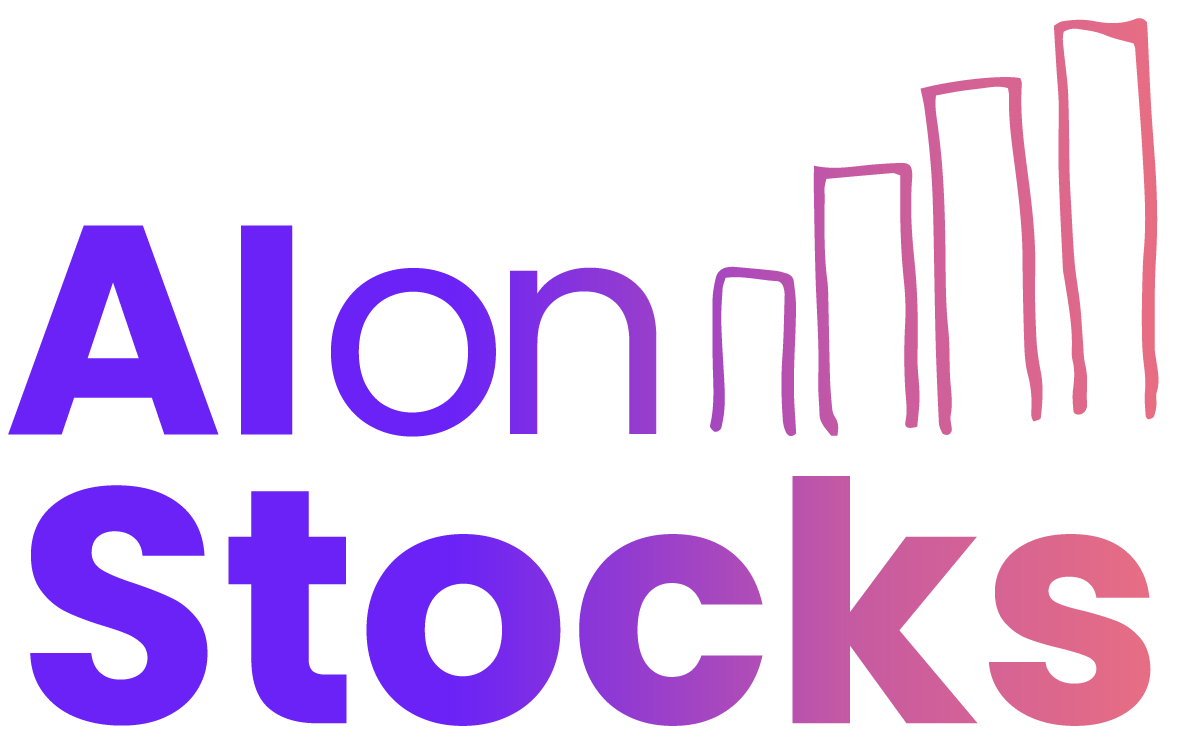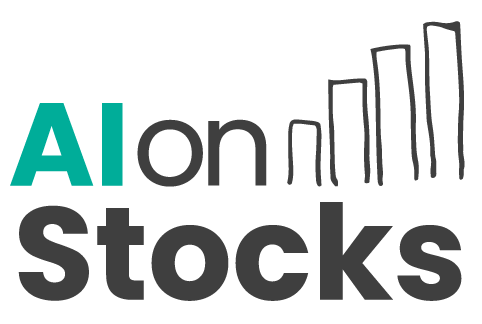From Charts to Forecasts: How AI Software Sharpens Market Predictions
In the fast-paced world of financial markets, accuracy is everything. The difference between a profitable trade and a costly mistake can hinge on a single insight or missed signal. For decades, traders have relied on technical indicators, historical charts, and gut instinct to make decisions. But the financial landscape is evolving rapidly, and at the heart of this transformation is a new breed of stock forecasting software powered by AI.
The Rise of AI in Financial Market Analysis
Artificial intelligence has moved from the fringes of tech innovation to the centre of global finance. Banks, hedge funds, and individual traders are increasingly turning to AI-driven tools to extract meaningful patterns from massive datasets. Traditional stock analysis often depends on linear assumptions or limited variables. In contrast, AI stock forecasting software can process vast amounts of data — from real-time market prices to economic indicators and even social sentiment — simultaneously and continuously.
This evolution is not just about faster computing. It’s about smarter predictions. By identifying non-linear relationships and subtle signals, AI can offer insights that were previously unreachable using standard analytical methods.
What Makes AI-Powered Stock Forecasting Software So Effective?
Data Processing at an Unmatched Scale
One of the most powerful advantages of AI-driven software is its ability to handle data on a scale that’s virtually impossible for human analysts. Stock markets generate terabytes of new data daily — price fluctuations, order book changes, earnings reports, economic news, and more. AI models can quickly digest this information, identify relationships, and update predictions in real-time.
Machine Learning and Continuous Improvement
Traditional forecasting tools typically use static algorithms. In contrast, modern AI systems employ machine learning models that improve over time. As the models are exposed to more data, they adapt and refine their predictions. This learning process not only increases accuracy but also enables the system to detect new patterns as market conditions change.
Incorporating Alternative Data Sources
AI stock forecasting software extends far beyond numerical inputs. It can analyse unstructured data such as news headlines, analyst commentary, and social media trends. By processing linguistic cues and sentiment, AI tools gain a broader context for market predictions. This capability gives traders an edge, particularly in volatile or event-driven markets where traditional indicators might lag.
The Shift from Technical Charts to Predictive Intelligence
For years, technical analysis ruled the trading floor. Charts filled with moving averages, Bollinger Bands, and RSI indicators helped traders make informed decisions. However, these tools often focus on past performance, not future potential. AI flips the script. Rather than react to what has happened, stock forecasting software now enables traders and investors to model what is likely to happen next.
This transition marks a shift from retrospective to predictive intelligence. A well-configured AI model considers dozens or even hundreds of variables in real-time, offering forecasts that can outpace purely human judgement — especially in complex or fast-moving markets.
Human + AI: A Powerful Combination
While AI stock forecasting software is a powerful tool, it’s not a crystal ball. No model, regardless of its complexity, can guarantee 100% accuracy. That’s why the most successful traders use AI not as a replacement for human insight, but as an enhancement. Combining the cognitive capabilities of seasoned investors with the pattern recognition of artificial intelligence creates a holistic approach to market analysis.
Traders can use AI-generated forecasts as a foundational input, then apply their own risk preferences, market knowledge, and strategies. This synergy helps mitigate risk and improve consistency across a wide range of market conditions.
Democratizing Advanced Market Analysis
In the past, access to sophisticated stock forecasting tools was restricted to well-funded hedge funds and financial institutions. But as machine learning frameworks become more accessible and cloud-based computing reduces costs, a new generation of consumer-level AI tools is emerging. Retail investors and independent traders now have access to the same computational firepower as institutional players.
This democratisation of forecasting technology is levelling the playing field. It’s empowering everyday market participants to analyse, forecast, and trade with confidence using insights previously reserved for elites in the financial world.
Preparing for the AI-Powered Future of Trading
Markets never stand still, and neither does technology. As artificial intelligence continues to evolve, so too will the capabilities of stock forecasting software. Expect future models to become more transparent, giving users better understanding of how predictions are made. We may also see increased personalisation, with AI fine-tuned to individual strategies and preferences.
For investors and traders, the key is staying informed and adaptable. Understanding the strengths and limitations of AI tools is essential to using them effectively. Those who embrace this technology — while maintaining sound judgement — will be well-positioned to navigate tomorrow’s markets.
Conclusion: Embracing a Data-Driven Edge
Stock forecasting software powered by artificial intelligence is not just another trend. It represents a fundamental shift in how market participants interpret data, assess risk, and make decisions. By augmenting human intuition with algorithmic precision, these tools provide a critical edge in today’s crowded and competitive markets.
Whether you’re managing a portfolio, trading actively, or simply aiming to better understand market dynamics, AI-powered stock forecasting offers a smarter path forward. From charts to forecasts, the future of trading is here — and it’s learning fast.


